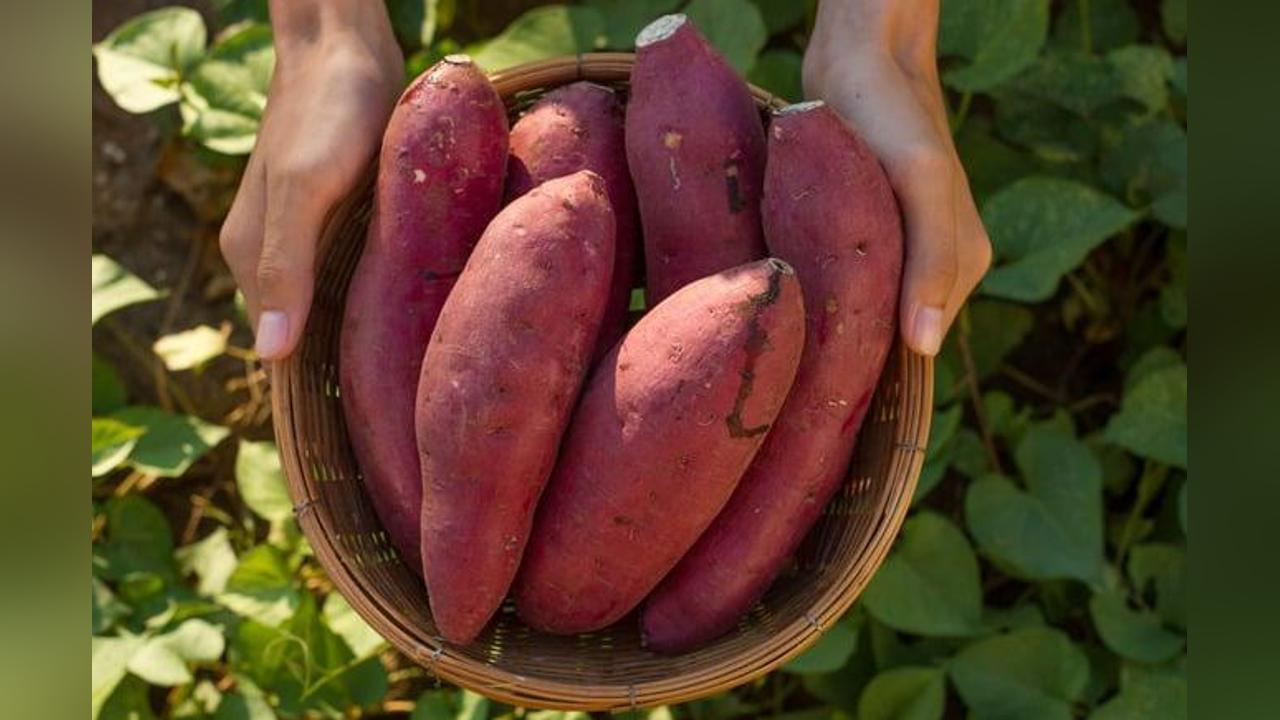Africa-Press – Uganda. Sweet potatoes and cabbages were among the food crops whose prices increased significantly in May 2025, according to the latest Consumer Price Index (CPI) and inflation figures from the Uganda Bureau of Statistics (UBOS).
While overall monthly inflation remained stable at 0.5%—the same rate recorded in April—the prices of staple foods such as sweet potatoes, dry beans, matooke and cabbages edged upwards, driven largely by seasonal shifts and constrained supply.
Samuel Echoku, UBOS’s Head of Macroeconomic Statistics, attributed the price changes to changing weather conditions and the resulting impact on harvest cycles.
“Season changes have greatly contributed to the price changes for food crops like matooke,” Echoku said.
“A lot of matooke was sold off or dried during the previous season. With the onset of the rains, many farmers have replanted, but the plantations are not yet ready for harvest and sale.”
The shortfall in supply, particularly for perishable crops such as sweet potatoes and cabbages, has pushed prices higher, contributing to food inflation even as overall inflation appears under control.
Beef prices also saw a sharp rise. On an annual basis, beef inflation climbed to 16.3% in May, up from 10.1% in April. UBOS attributed this surge to both local production constraints and broader regional demand.
Jackson Mutyaba, a butcher in Frobell, Bukoto, confirmed the upward trend.
“I used to sell beef at Shs 7,500 per kilogram, but now I sell at Shs 8,000,” he said in an interview.
He blamed the increase on limited supply from livestock farmers.
Echoku elaborated that the previous dry spell had severely affected pasture and water availability, forcing many farmers to sell their animals earlier than usual.
“Now that the rains have come and there is enough pasture and water, farmers are not under pressure to sell. This has reduced the supply of animals on the market. Moreover, some livestock are being exported beyond Uganda’s borders.”
Regionally, inflation varied considerably. Masaka registered the highest rate at 5.3%, followed by Kampala High Income areas at 4.8%.
Meanwhile, Mbale recorded the lowest inflation at just 0.5%, reflecting regional disparities in price movements.
The May 2025 inflation data underscores the vulnerability of Uganda’s food markets to climatic conditions and supply-side disruptions. Although the headline inflation rate remains relatively steady, the rise in food prices could strain household budgets—especially for low-income families who rely on daily purchases in informal markets.
Analysts have cautioned that continued tracking and timely policy responses will be necessary to prevent food inflation from escalating further as the country enters its next planting and harvest cycle.
For More News And Analysis About Uganda Follow Africa-Press






